
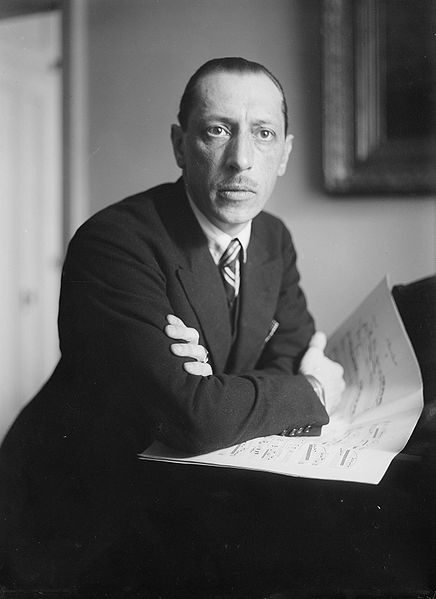
Personal Data
Dates: 1882-1971
Born: Oranienbaum, Russia
Residences: St. Petersburg, Paris, Los Angeles
Igor Stravinsky
One of the most influential composers of the 20th century, the Russian Igor Stravinsky ushered in the modern era with his landmark ballet score The Rite of Spring (1912), and continued to pioneer new musical styles throughout his long life.
Friday Performance Picks: Works by Stravinsky
No. 11: Fireworks
No 156: Pastorale
No. 213: Petrushka
No. 307: Symphony of Psalms
No. 398: Octet for Wind Instruments
Stravinsky Timeline
Russian Roots
Stravinsky was raised amidst the intense musical scene of St. Petersburg where his father sang in the opera. The boy began studying piano at the age of 9 and was able frequently to attend opera and ballet performances at the Mariinsky Theater (Kirov). As a teenager, his interests turned to composition. He was friends with the youngest son of eminent composer Nikolai Rimsky-Korsakov. When Stravinsky met Rimsky-Korsakov in 1902, Rimsky-Korsakov agreed to mentor Stravinsky. Although Rimsky-Korsakov was a professor at the St, Petersburg Conservatory, he suggested that Stravinsky instead study privately rather than enter the conservatory as a formal student. Stravinsky’s father died later that same year. For the next six years Rimsky-Korsakov acted both as teacher and something of a surrogate father to Stravinsky.
While a student, Stravinsky wrote pieces that unsurprisingly revealed the influence not only of his teacher Rimsky-Korsakov, but also Tchaikovsky and Wagner. Although Rimsky-Korsakov belonged to a group of Russian nationalist composers known as The Mighty Five (along with Balakirev, Borodin, Cui, and Mussorgsky), he had by the time of his mentoring of Stravinsky moved toward a more European style, responding to the influence of Wagner and the French impressionist. Stravinsky would absorb all of these influences as a student. Beginning his professional career, his works incorporated strong Russian themes and folk elements (showing the nationalist influence) combined with the mastery of large-scale orchestration for which Wagner and Rimsky-Korsakov are known.
Stravinsky dedicated his first published work, the Symphony in E-Flat, to Rimsky-Korsakov. In 1908. Stravinsky also composed an orchestral fantasy Fireworks to celebrate the wedding of Rimsky-Korsakov’s daughter. Alas, Rimsky-Korsakov died in 1908 shortly before the wedding without seeing the manuscript for Fireworks. When Fireworks was performed in St. Petersburg, it made a strong impression on the impresario Sergei Diaghilev (1872-1929) who was planning a season of opera and ballet in Paris. Diaghilev asked Stravinsky to compose the music for a ballet based on the Russian fairy tale “The Firebird.”
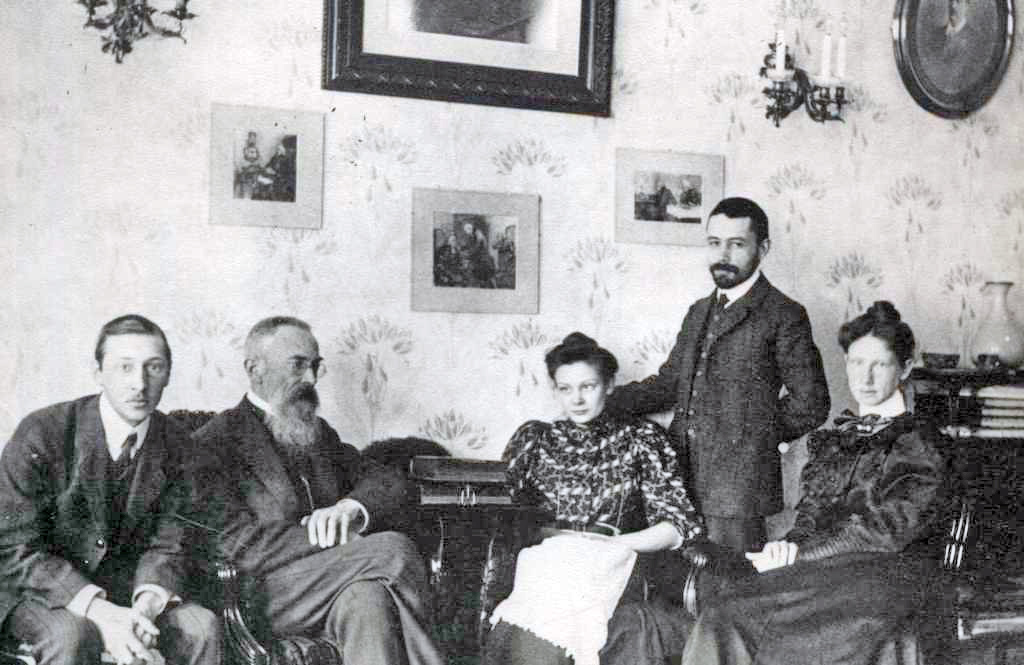
Ballets Russes
The Russian entrepreneur Sergei Diaghilev had planned to study music in St. Petersburg, but he would become instead one of the most notable impresarios of the 20th century. Ironically, the company he directed performed not in Russia, but in Paris, London, and Monte Carlo. Born into a prominent family, Diaghilev was well-educated and well-connected. In 1898, he founded an avant garde artistic journal Mir iskusstva (World of Art).
His next major success came in 1906 when he organized the first major exhibition of new Russian art in Paris. He discovered (or perhaps created) a fascination among Parisians with all things Russian. Diaghilev then began to bring productions of Russian music to the Paris Opera.
Opera productions being enormously expensive, Diaghilev devoted the season of 1909 entirely to ballet. The traditional French love of dance combined with their fascination with the exotic elements of Russian culture made this a perfect combination.
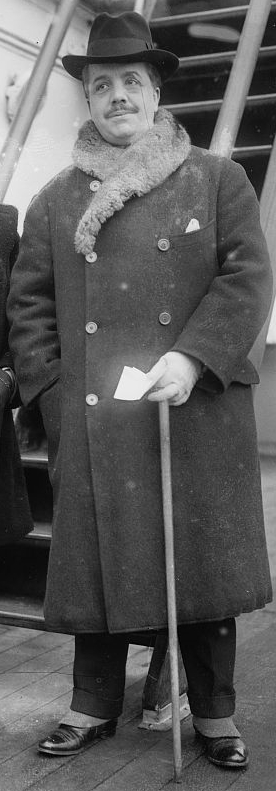
The Firebird (1910)
Diaghilev hired Stravinsky to compose the music for The Firebird only after other more experienced composers had backed out of the project. He knew the untested Stravinsky had the technical skill and that he was bound to accept the project. Stravinsky eagerly began composing before the financial aspects of the deal were even finalized.
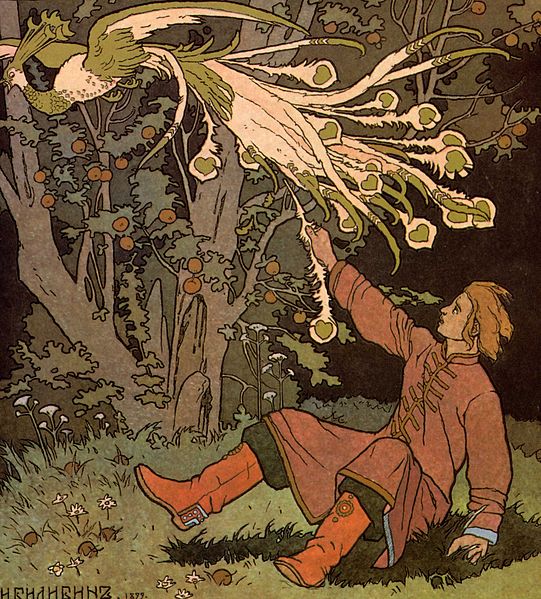
Diaghilev wanted to capitalize on the Parisian interest in Russian exoticism, and no topic was more Russian than the fairy tales based on the characters like the Firebird, Prince Ivan-Tsarevich, and the evil Kashchei the Immortal. Stravinsky worked under the direction of the brilliant choreographer Michel Fokine. Despite the time constraints and his junior status, Stravinsky created a work that still ranks as one of the most popular in 20th-century repertoire. With its premiere on June 25, 1910, Stravinsky achieved immediate fame.
The ballet tells the story of Prince Ivan, son of the tsar (tsarevich) who, while hunting in the forest, captures the Firebird. She begs for her life and offers him a magic feather that he can use to summon her help. He meets the thirteen princesses who are under the evil Kashchei’s spell and falls in love with one of them. When Kashchei sends his minions after Ivan, the Firebird intervenes to force them into an “infernal dance.” Exhausted, they fall asleep. The Firebird then shows Ivan the magic egg where Kashchei’s soul is hidden. Ivan destroys the egg to release the spell and free the princesses.
Stravinsky decided to prepare a suite from the full ballet in 1911 and reworked it in 1919 to the version heard most often today in concert halls.
- Introduction – The Firebird and its dance – The Firebird’s variation
- The Princesses’ Khorovod (Rondo, round dance)
- Infernal dance of King Kashchei
- Berceuse (Lullaby)
- Finale
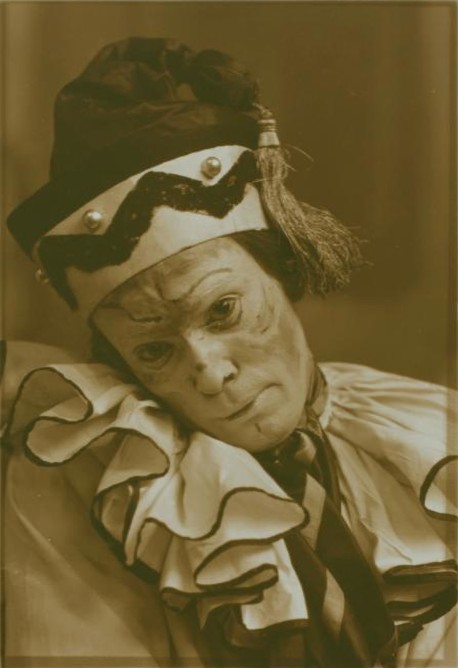
Petrushka
The year after The Firebird, the Ballets Russes commissioned another ballet from Stravinsky: Petrushka (1911). We featured Petrushka in a Friday Performance Pick here.
(You must be logged into the Circle of Scholars to view the rest of this page.)
